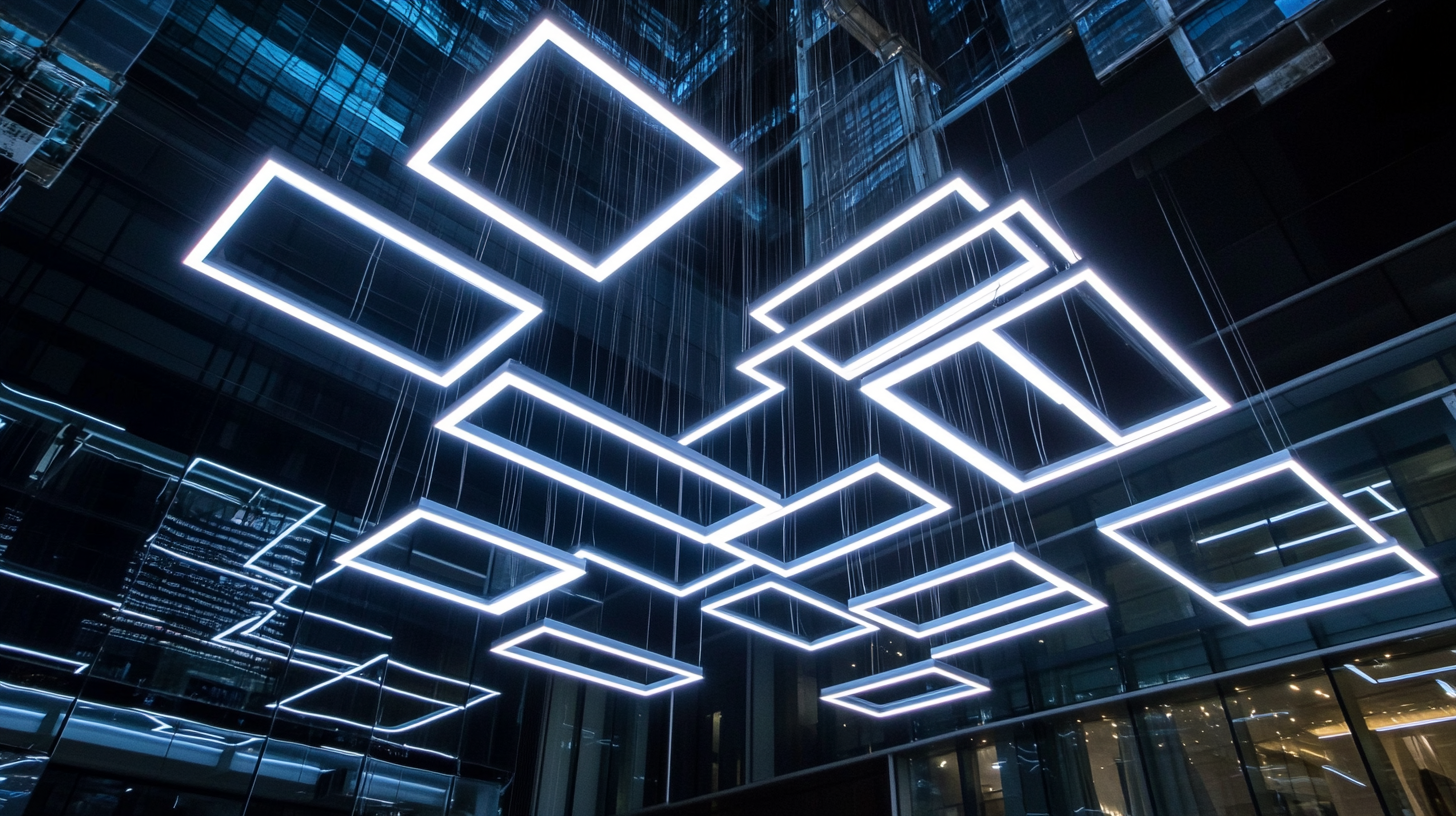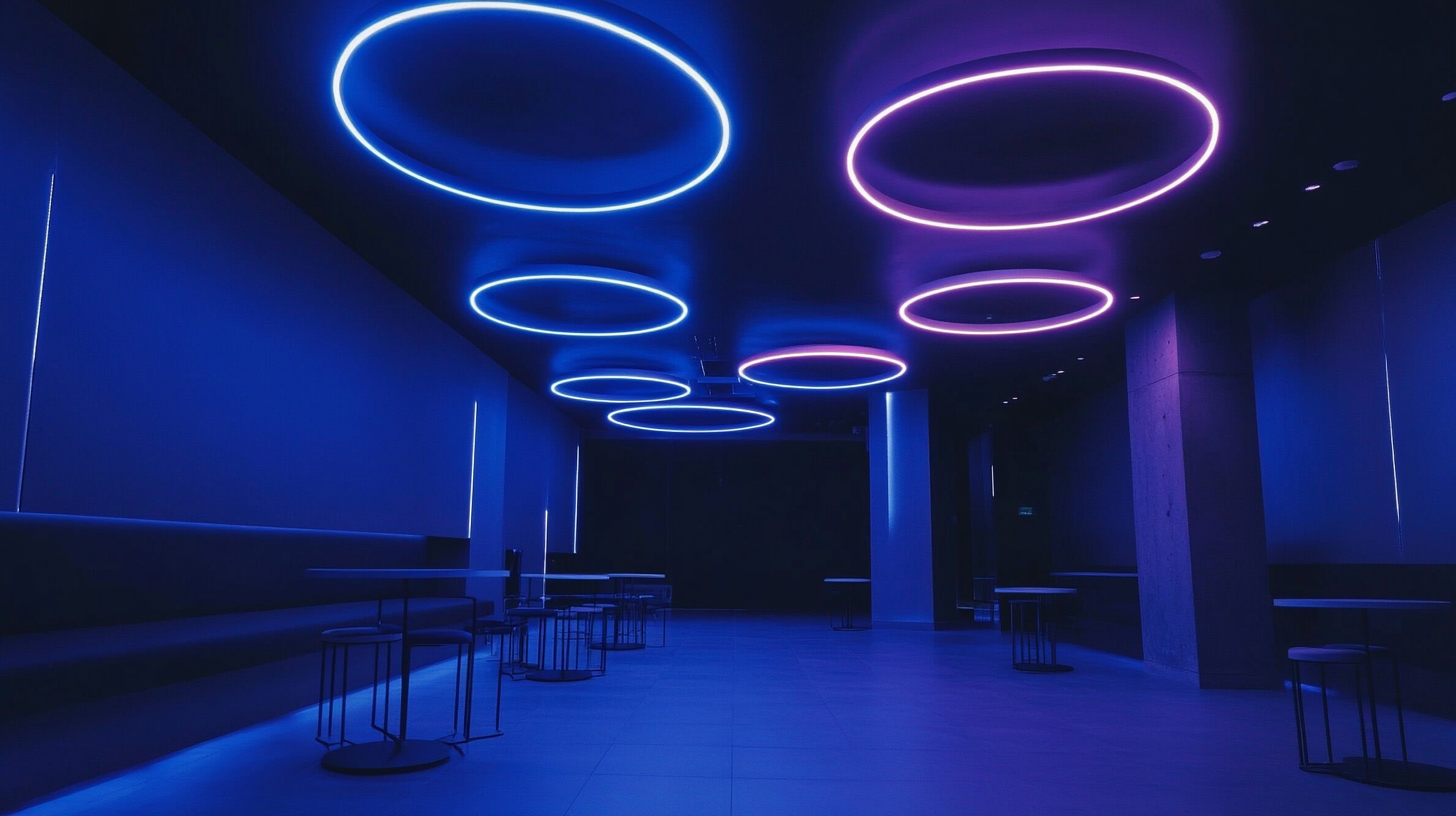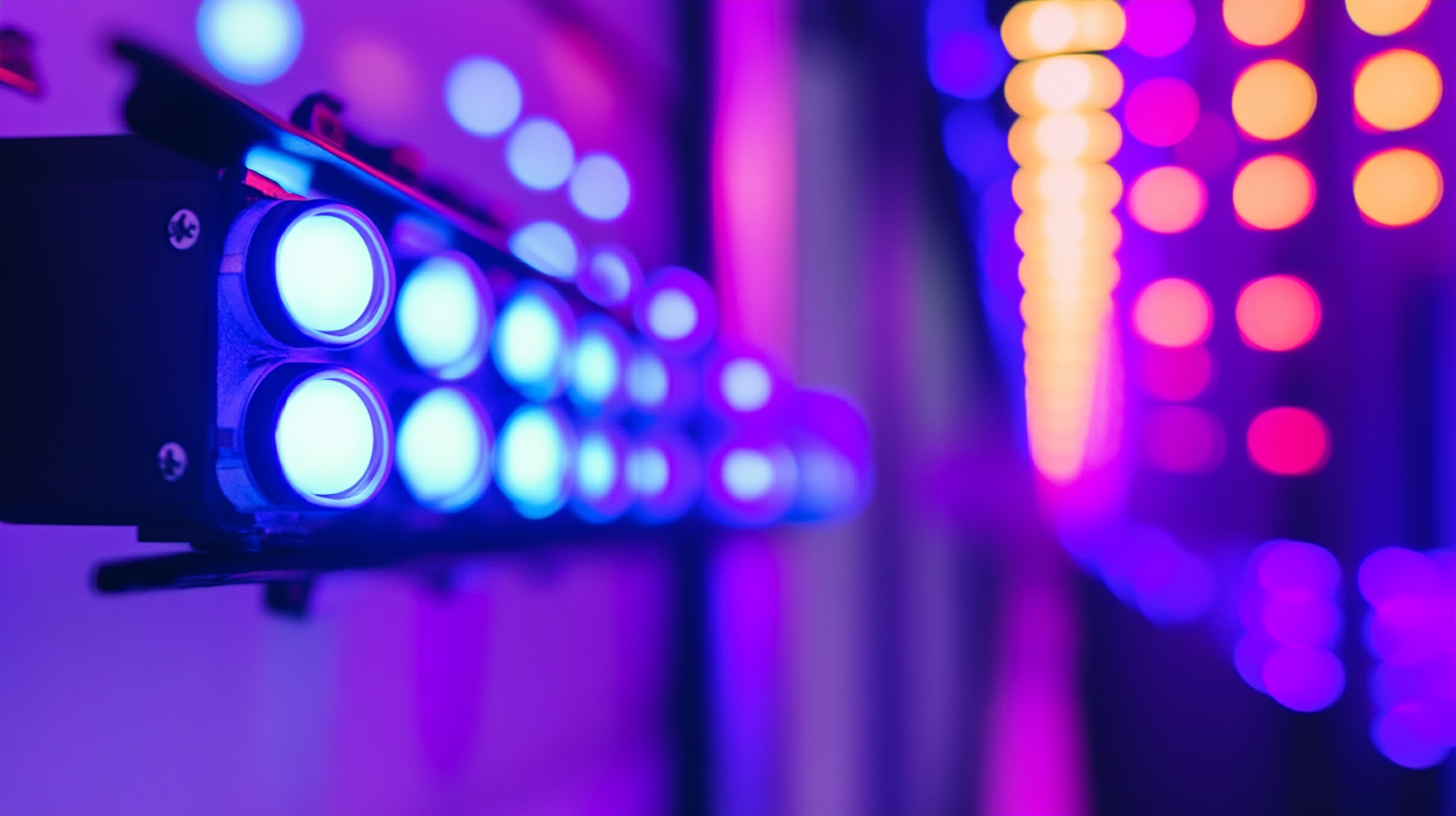10 Innovative Led Lighting Solutions Every Global Buyer Should Explore
In today's rapidly evolving technological landscape, businesses are constantly seeking innovative solutions to enhance their operations and create sustainable environments. One such area that has seen significant advancements is lighting. LED lighting solutions are at the forefront of this revolution, offering energy efficiency, durability, and versatility that traditional lighting options simply cannot match. As global buyers look to make informed decisions that align with environmental sustainability and cost-effectiveness, exploring these cutting-edge LED options becomes crucial.
This blog delves into ten innovative LED lighting solutions that every global buyer should consider. From smart lighting systems to customizable fixtures, these solutions not only help reduce energy consumption but also elevate the aesthetic appeal of any space. By introducing these advanced lighting options, businesses can not only cut costs but also contribute to a greener future. Join us as we explore the transformational potential of LED lighting solutions and the immense benefits they bring to various industries worldwide.

Emerging Trends in LED Technology: A Look at the Future of Lighting Solutions
The future of lighting solutions is undeniably bright, as innovative LED technologies continue to advance and reshape the market landscape. Emerging trends indicate that the global industrial lighting market is projected to grow by USD 2.83 billion between 2025 and 2029, driven by the increasing adoption of energy-efficient lighting solutions. This adjustment aligns with a growing demand for more sustainable practices, particularly as industries seek to enhance their operational efficiency while reducing their environmental impact. Moreover, the integration of smart technology into LED lighting systems is redefining user experiences across both residential and commercial sectors. As indicated in recent reports, future trends emphasize the importance of adaptable lighting solutions and the aesthetic synergy of residential and commercial environments, aiming to meet the demands of smart cities. This shift toward customization and retrofitting is reflected in the commercial LED lighting market, which is expected to reach an estimated value of USD 27.38 billion by 2030. Events like the Canada Light Expo 2025 are pivotal in showcasing such advancements, highlighting innovations that embrace sustainability and foster networking opportunities among industry professionals. As the quest for greener lighting solutions continues, LED technology emerges as a key driver, promoting a smarter, more efficient future for lighting applications across various sectors.

The Role of Energy Efficiency in LED Lighting: Statistics and Impacts on Global Markets
The role of energy efficiency in LED lighting has become increasingly vital as the world seeks sustainable solutions to combat climate change and reduce carbon footprints. Statistics show that LED lighting can consume up to 80% less energy than traditional incandescent bulbs, making them a more environmentally friendly option for consumers and businesses alike. This significant reduction in energy usage not only translates to lower electricity bills but also contributes to a decrease in greenhouse gas emissions, showcasing the dual benefits of adopting LED technology.
Moreover, the impact of energy-efficient LED lighting extends beyond individual savings. Global markets are increasingly prioritizing sustainability, prompting manufacturers and retailers to adopt LED solutions to meet consumer demands. In regions where energy costs are soaring, the transition to LED lighting becomes a strategic investment, enhancing competitiveness in both local and international markets. Businesses that adapt early to energy-efficient technologies not only align themselves with regulatory trends but also position themselves as leaders in the green economy, ultimately driving customer loyalty and enhancing brand reputation.
With the continuous advancements in LED technology, including innovations such as smart lighting systems and adaptive dimming capabilities, the potential for efficiency gains and enhanced performance is greater than ever. As global buyers explore these innovative solutions, understanding the economic and environmental impacts of energy efficiency will be crucial. This informed approach enables stakeholders to make decisions that favor both profitability and the planet, fostering a sustainable future in the lighting industry.

Smart LED Lighting: Innovations That Enhance Convenience and User Experience
In today's rapidly evolving technological landscape, smart LED lighting solutions are at the forefront of innovation, significantly enhancing convenience and user experience. These advanced lighting systems are not just about illumination; they integrate seamlessly with smart home technologies to offer a personalized ambiance for every occasion. From voice-activated controls to automated schedules, smart LED lighting allows users to customize their environment effortlessly.
One of the key innovations in smart LED lighting is the ability to synchronize with other smart devices, creating a cohesive ecosystem in the home or office. For example, lighting can be programmed to dim when a smart television is turned on, or shift colors to match the mood of an event. This interaction between devices ensures that users can enjoy an immersive experience, enhancing both comfort and functionality.
Moreover, with the rise of energy-efficient designs, smart LED lighting not only improves usability but also promotes sustainability. Many advanced LED solutions now come equipped with sensors that adjust brightness based on natural light availability. This feature reduces energy consumption while maintaining optimal lighting levels, making it a win-win for both users and the environment. With such innovations, it’s clear that exploring smart LED lighting solutions is essential for global buyers looking to modernize their spaces.

Sustainable LED Solutions: How Eco-Friendly Practices Are Shaping the Industry
The shift toward sustainable practices is profoundly reshaping the LED lighting industry, offering innovative solutions that prioritize both functionality and environmental stewardship. Eco-friendly LED solutions not only reduce energy consumption but also utilize materials and manufacturing processes that minimize ecological footprints. Companies are increasingly adopting sustainable sourcing strategies, ensuring that raw materials are responsibly harvested and that their supply chains adhere to stringent environmental regulations.
Among the transformative practices gaining traction within the industry is the implementation of circular economy principles. This approach encourages the recycling and repurposing of LED products at the end of their lifecycle, significantly diminishing waste. Manufacturers are designing LEDs with modular components, allowing for easy upgrades and repairs, thus extending product longevity. Such initiatives not only align with sustainability goals but also appeal to environmentally conscious consumers who are seeking products with a minimal environmental impact.
Moreover, advancements in smart technology are enhancing the sustainability quotient of LED lighting. By integrating smart sensors and controls, users can optimize energy use through real-time data feedback, leading to substantial reductions in power consumption. These innovations underscore a growing awareness within the industry regarding the importance of eco-friendly practices and their role in combatting climate change while providing high-quality lighting solutions.
Market Insights: The Growing Demand for Customizable LED Solutions Worldwide
The global demand for customizable LED lighting solutions is on the rise, driven by an increasing need for innovation and efficiency across various sectors. Market insights reveal that the LED lighting industry is becoming more versatile, catering to diverse applications from residential to commercial and industrial uses. Buyers are now seeking tailored solutions that not only meet their specific requirements but also enhance energy efficiency and reduce overall costs.
As sustainability becomes a paramount concern, businesses are increasingly gravitating towards customizable LED options that align with their environmental goals. This trend is reflected in the growth rates of complementary markets such as the lighting control systems market, projected to expand at a CAGR of 11.8% from 2024 to 2030. The integration of intelligent lighting solutions that enable real-time control and monitoring presents a significant opportunity for stakeholders in the LED market, as it fosters a smarter, more connected ecosystem.
Emerging technologies like micro LED are paving the way for next-generation lighting applications, with the market expected to see an exponential growth rate of 77.4% through 2030. The shift towards these innovative solutions is not merely a response to consumer demand but a proactive move towards reinventing the way we think about and utilize lighting. As global buyers explore these innovative LED options, the focus on adaptability and customization will continue to shape the market dynamics, paving the way for a brighter, more sustainable future.

